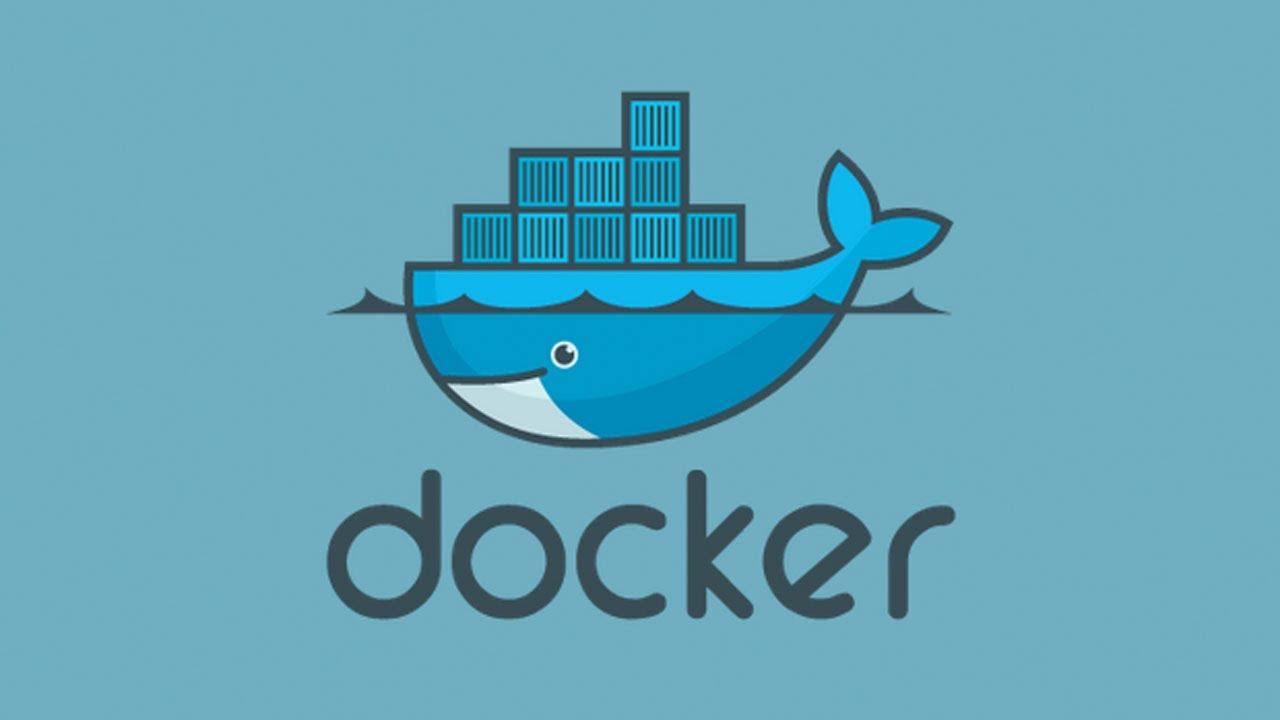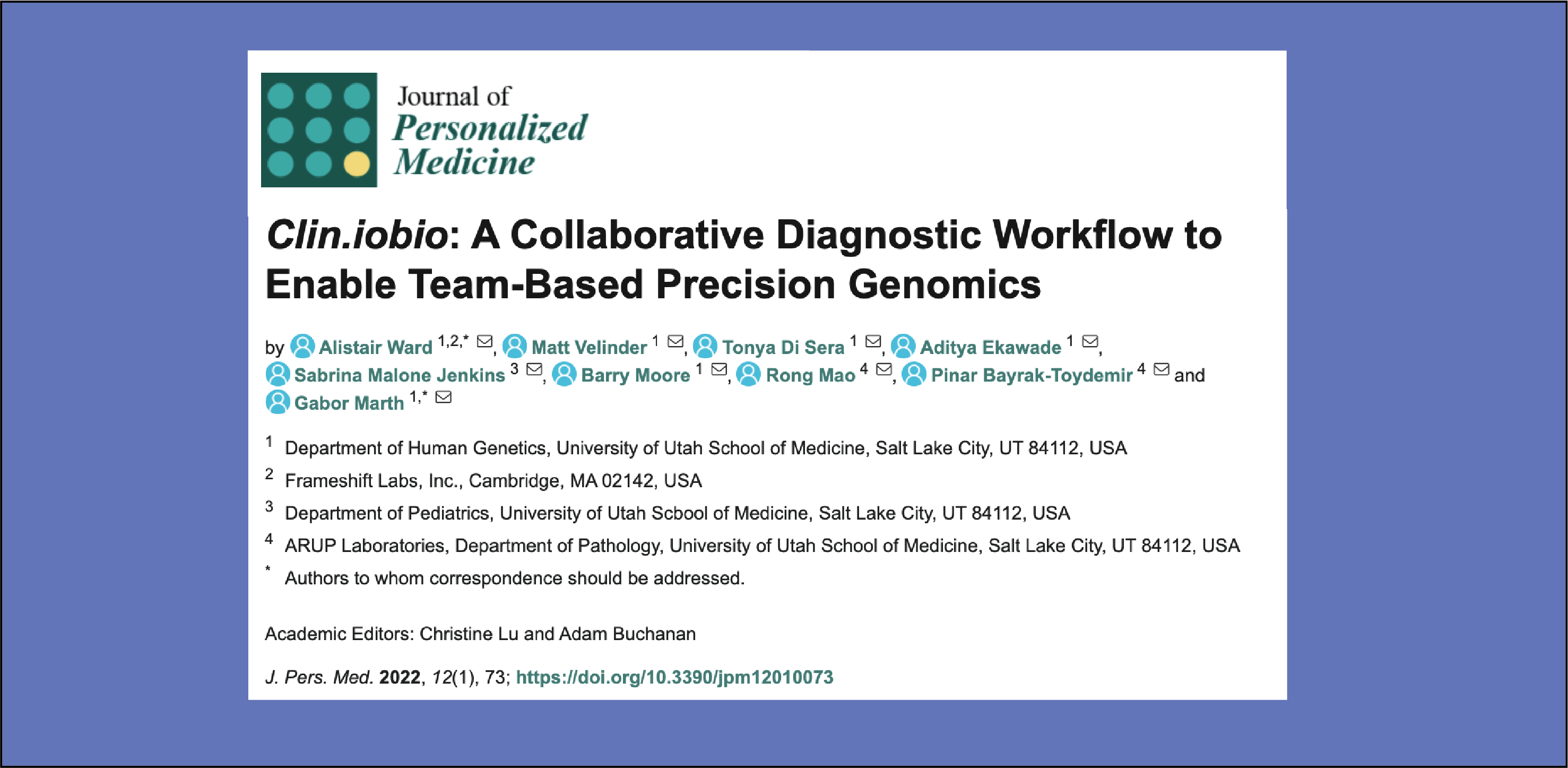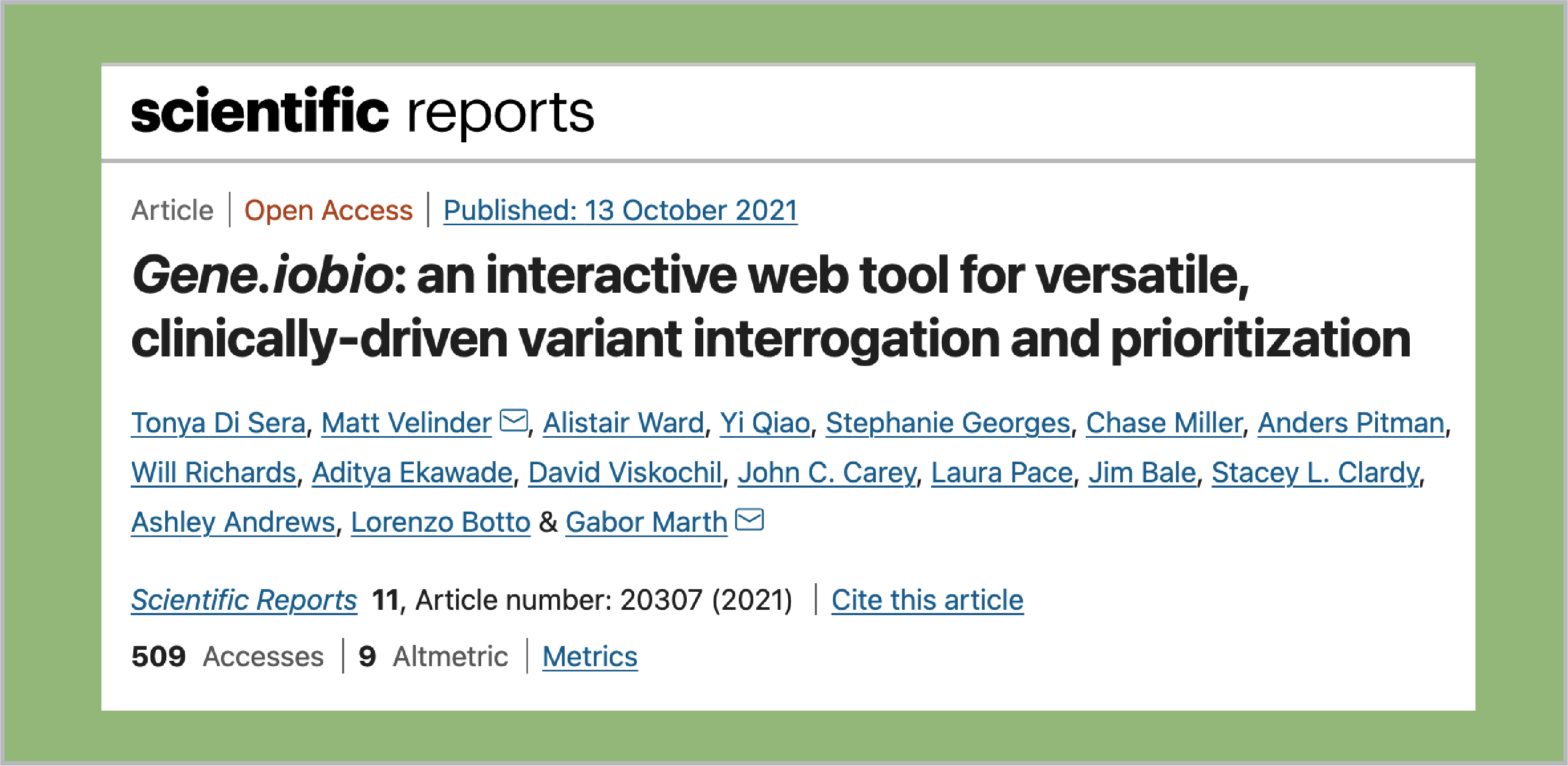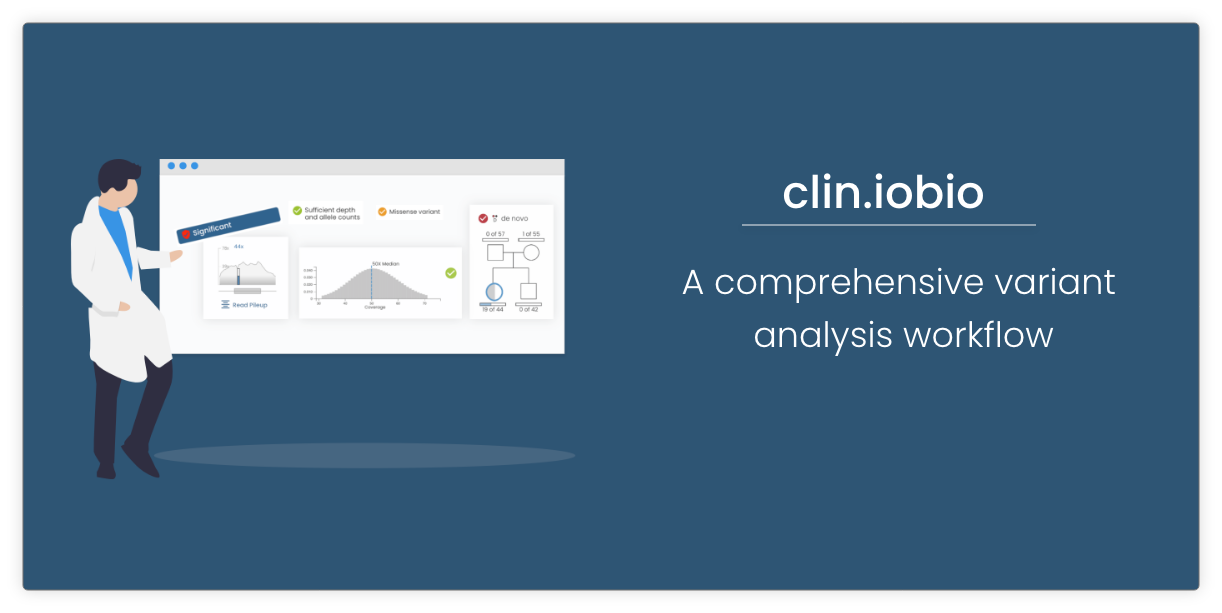Often people need to run iobio apps locally. Two common reasons are to work with sensitive data that can not leave your organizations network or to have more control of deployment and access. This can be a complicated process since it requires the installation of the multiple web services that support an iobio web app. To make this easier, We have created several docker images so that the process is greatly simplified and can now be completed with just a few commands. Depending on your particular needs and infrastructure design, docker based installation can be done in several modes. In the following sessions, each of these modes are discussed in respect to particular apps.
bam.iobio
If you have a local directory, or locally mounted network directory, which contains bam files you would like to visualize inside bam.iobio, you can spin up the whole stack of bam.iobio via docker-compose. First create a directory and inside which create a docker-compose.yaml that looks something like this:
data:
image: nginx
volumes: /mnt/storage:/usr/share/nginx/html:ro
bamiobio:
image: qiaoy/iobio-bundle.bam-iobio
links:
- data
ports:
- "8000:80"
environment:
PUB_HOSTNAME: bam.iobio.local
PUB_HTTP_PORT: 8000
or using a shell script without docker-compose
#!/bin/bash
docker run --name data \
-v /mnt/storage:/usr/share/nginx/html:ro \
-d nginx
docker run --name bamiobio \
--link data:data -p 8000:80 \
-e PUB_HOSTNAME=bam.iobio.local \
-e PUB_HTTP_PORT=8000 \
-d qiaoy/iobio-bundle.bam-iobio
If your files are already accessibly over http, or you are planning on using the local file feature only, you can omit the nginx container and the linking, i.e.:
bamiobio:
image: qiaoy/iobio-bundle.bam-iobio
ports:
- "8000:80"
environment:
PUB_HOSTNAME: bam.iobio.local
PUB_HTTP_PORT: 8000
or using a shell script without docker-compose
#!/bin/bash
docker run \
--name bamiobio -p 8000:80 \
-e PUB_HOSTNAME=bam.iobio.local \
-e PUB_HTTP_PORT=8000 \
-d qiaoy/iobio-bundle.bam-iobio
Some explanations:
-
volumes: /mnt/storage:/usr/share/nginx/html:romaps the local directory/mnt/storageinto the www-root of the nginx service, so that files inside the directory can be accessed via http from within the bam.iobio bundle container -
ports: -"8000:80"defines port mapping of 8000 on the host to 80 inside the container. The web app is always served on port 80 inside the container. You can, however, choose a different port (e.g. 80) on the host side, but make sure you also change thePUB_HTTP_PORT -
PUB_HOSTNAME: bam.iobio.localdefines a public accessible hostname to the host that is serving the web app. The content of this field, along withPUB_HTTP_PORT, will be used to modify the javascript inside bam.iobio so that the client knows where to connect. Note that this hostname / port combination needs to be also valid from within the container, which is usually the case if you provide the Full-Qualified Domain Name of the host server. We have, however, witnessed weird network topologies that the ip address of hostname is not accessible from within the host. See below for special cases -
PUB_HTTP_PORT: 8000is the port mapped on the host side. If you change theports: "8000:80"line, you need to make sure that they match up with this environment variable
With the file in place, you can spin up the stack with
$ docker-compose up
and navigate to http://${PUB_HOSTNAME}:${PUB_HTTP_PORT}/
To visualize files in /mnt/storage, e.g. /mnt/storage/project1/patient1/diagnosis_tumor.bam, click on “choose bam url” from the main page, and give it http://data/project1/patient1/diagnosis_tumor.bam (note that the file needs to be indexed first, i.e. the file /mnt/storage/project1/patient1/diagnosis_tumor.bam.bai needs to exist).
Special cases
Trying to run with localhost being the PUB_HOSTNAME
The meaning of localhost differs between from within the container and from without. When it is outside of the container, localhost means the docker host machine, and the port to the reverse proxy inside the container is the PUB_HTTP_PORT; when inside the container, localhost means the virtual ethernet interface private to the container, and the port to the reverse proxy is always 80. Thus if you use localhost as the PUB_HOSTNAME, and PUB_HTTP_PORT some value other than 80, the client app running inside the browser will be able to make the first hop of the connection, but the iobio service will not be able to make the second because ${PUB_HOSTNAME}:${PUB_HTTP_PORT} does not correspond to a valid service address from within the container. WORKAROUND: always use PUB_HTTP_PORT=80 if you want to use localhost as the PUB_HOSTNAME
Different IP address between from inside the host machine and from outside
We have a high performance server hosted at a server center, with a hostname server.iobio (of course fake). From our workstations, the hostname resolves to IP address x.x.x.x, whereas the address attached to the actual ethernet interface is y.y.y.y. Moreover, from within the container, the hostname resolves to y.y.y.y, which is unreachable from inside the container for some reason. So pretty much the only way to access the services within the container is to use http://127.0.0.1:80/. WORKAROUND: Use 80 for PUB_HTTP_PORT, and add a segment to the docker-compose.yml that looks like
bamiobio:
...
extra_hosts:
- "server.iobio:127.0.0.1"
This ensures that when the client connects to the service, http://server.iobio/ resolves to http://x.x.x.x/, but when a service connects to another service, http://server.iobio resolves to http://127.0.0.1. Because within the container the reverse proxy always listens on port 80, PUB_HTTP_PORT has to be 80 as well.
vcf.iobio
The bundle image is made in a very similar way as bam.iobio, thus it is only necessary to change the image name in the docker-compose.yml file or the shell script.
data:
image: nginx
volumes: /mnt/storage:/usr/share/nginx/html:ro
bamiobio:
image: qiaoy/iobio-bundle.vcf-iobio
links:
- data
ports:
- "8000:80"
environment:
PUB_HOSTNAME: vcf.iobio.local
PUB_HTTP_PORT: 8000
The vcf files need to be bgzipped and indexed by tabix(now part of htslib) for vcf.iobio to load. The discussion on special cases for bam.iobio also applies here.



